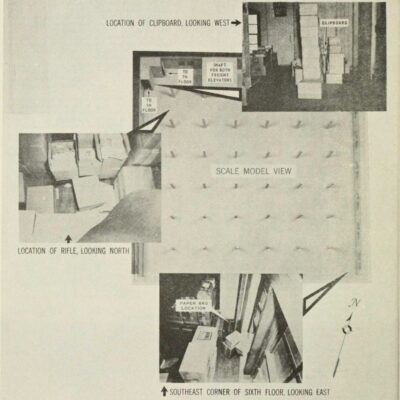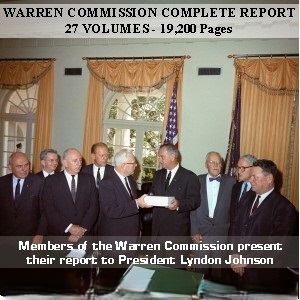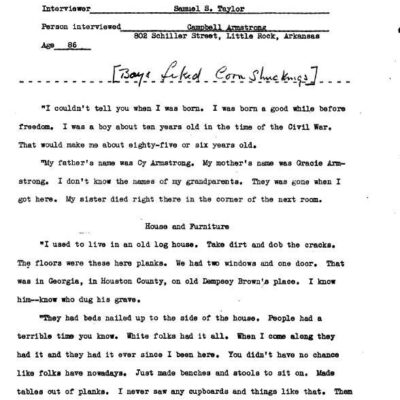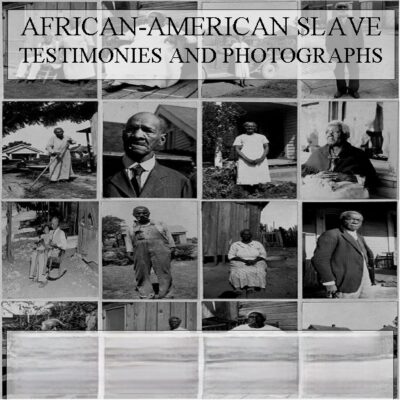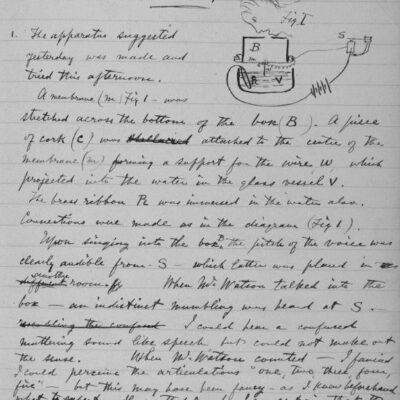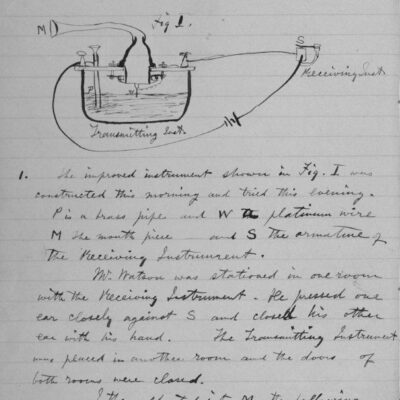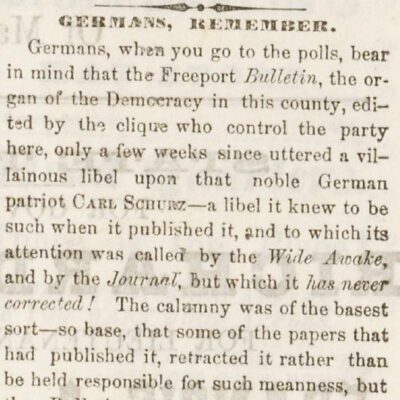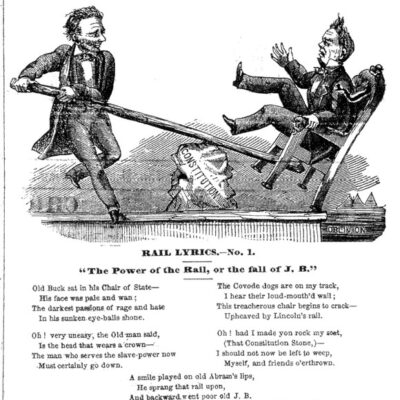“Titanic Disaster Historical Documents Archive” has been added to your cart. View cart
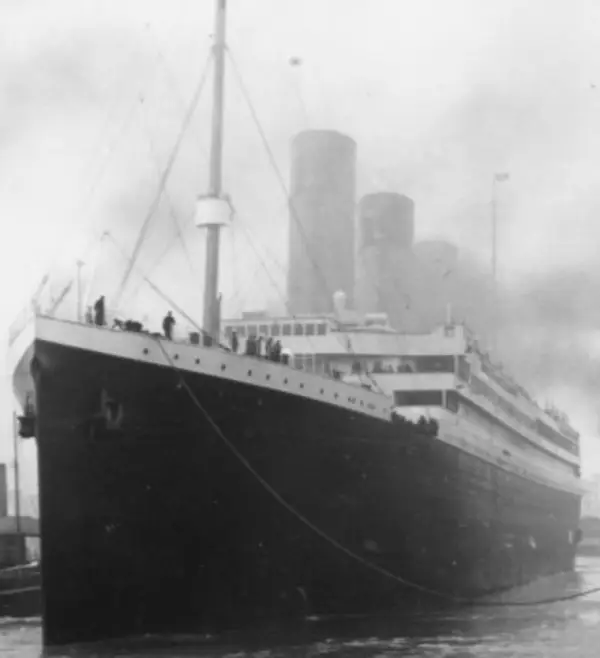
Description
Titanic’s Shadow: A Catastrophic Timeline and Characters
Late 1911 / Early 1912:
- White Star Line publishes Danish Immigrant Brochure: The White Star Line produces a 35-page brochure in Danish, encouraging Danish immigrants to North America to travel on the Titanic or Olympic, highlighting improved third-class accommodations.
March 1912:
- Olympic crew enlist on Titanic: Many crew members from the RMS Olympic enlist on the Titanic after the Olympic‘s journey in March.
April 1912:
- April 1, 1912: Earliest newspaper pages in the “Titanic Disaster Newspaper Archive” begin, covering general news.
- April 6, 1912: List of crew leaving Belfast for the Titanic is created, bearing signatures and rates of pay.
- April 14, 1912:Iceberg warnings: Wireless messages are passed between various ships in the North Atlantic regarding ice.
- Titanic collides with an iceberg: The RMS Titanic strikes an iceberg in the North Atlantic. First-class passenger Alfred Omont experiences the crash and subsequent confusion.
- Wireless messages sent: Telegrams are sent from the Titanic to the SS Birma.
- FDR’s reaction: Franklin D. Roosevelt, then a New York State Senator in Panama, hears initial “scraps” of news about the disaster.
- April 15, 1912:Titanic sinks: The Titanic sinks in the early hours of the morning.
- Initial, inaccurate news reports: Early newspaper reports are optimistic, with some (like the London Daily Mail) incorrectly reporting “No Lives Lost.” The New York Herald reports “The Titanic Sinks with 1,800 on Board; Only 675, Mostly Woman and Children, Saved.”
- White Star Line correspondence: White Star Line sends early letters to the Board of Trade concerning the fate of the Titanic.
- Roosevelt family reacts: Franklin D. Roosevelt writes to his mother Sara, asking her to save newspapers about the disaster. Eleanor Roosevelt in Albany hears the news, initially with reports that all were saved. Sara Roosevelt is “much upset” over the death of Jack Astor and others.
- April 16, 1912:More accurate news emerges: The “stalk reality” of the disaster’s scope becomes evident in newspaper reporting.
- British Cabinet Office memo: British Prime Minister Herbert Henry Asquith’s Cabinet Office records a memorandum regarding the Titanic.
- April 17, 1912:Detailed news reporting: Many newspapers begin publishing more detailed and accurate accounts of the sinking.
- Recovery efforts begin: White Star Line charters the cable ship (CS) Mackay-Bennett from Halifax, Nova Scotia, to begin recovering bodies. Clifford Crease, an artificer on the Mackay-Bennett, begins diary entries detailing the grim task. Frederick A. Hamilton, cable engineer, also on the Mackay-Bennett, records diary entries.
- April 18, 1912:Carpathia arrives in New York: The RMS Carpathia, after a high-speed journey navigating icebergs, arrives in New York carrying 705 Titanic survivors. The Manifest of Alien Passengers for the U.S. Immigration Officer is created.
- US Senate Inquiry begins: The U.S. Senate inquiry, chaired by Senator William A. Smith, begins at the Waldorf-Astoria Hotel in New York City, interviewing survivors. This is described as the “most immediate” inquiry.
- April 19, 1912:Los Angeles Times headline: The Los Angeles Times runs a sensationalized headline: “Maj. Butt with Gun in Hand, Held Back Frenzied Men, Saved Women; Capt. Smith a Suicide on Bridge.”
- April 24, 1912: Latest date for FDR and Roosevelt family documents concerning the disaster.
- April 25, 1912: British Prime Minister Herbert Henry Asquith’s Cabinet Office records another memorandum regarding the Titanic.
- April 30, 1912: Clifford Crease’s diary entries on the Mackay-Bennett conclude. Captain William Thomas Turner of the RMS Lusitania is deposed in New York City regarding the Titanic liability case, just one day before the Lusitania departs on its final, doomed voyage.
May 1912:
- May 2, 1912: The British Board of Trade establishes a Commission of Enquiry, chaired by High Court Judge Lord Mersey. Hearings open in the Wreck Commissioner’s Court, Royal Scottish Drill Hall, Buckingham Gate, Westminster.
- Alfred Omont’s submission: First-class passenger Alfred Omont submits a handwritten account to the British Court of Enquiry.
- May 13, 1912: The Nova Scotia Provincial Secretary’s Office produces the report “Disposition of Bodies ex Titanic Recovered up to May 13, 1912,” detailing the 328 bodies found at sea.
- Register of Marriages, Births, Deaths and Injuries: Forms are generated listing deaths and injuries, including Thomas Andrews, John Jacob Astor, and Major Archibald Butt.
- Halifax Medical Examiner Files: 93 pages of documents from the Halifax Medical Examiner are compiled, concerning remains and property of recovered bodies.
- Recovery continues: Canadian ships CS Minia, lighthouse supply ship Montmagny, and sealing vessel Algerine are hired to assist the Mackay-Bennett in body recovery. Captain Frederick H. Larnder of the Mackay-Bennett makes the decision to only bring back embalmed first-class bodies due to limited supplies.
- Halifax morgue: A temporary morgue is set up at a curling rink in Halifax for recovered bodies.
- May 28, 1912: The U.S. Senate inquiry concludes with Senator Smith visiting the Titanic‘s sister ship, Olympic, in New York to interview crew members.
July 30, 1912:
- British Commission of Enquiry report: Pages from the British Court of Enquiry’s report are issued, dealing with passenger accommodations, deck configuration, and lifeboats.
August 10, 1912:
- Stanley Lord’s letter: Captain Stanley Lord of the SS Californian writes a handwritten letter to the Board of Trade, complaining of public odium and pleading for his conduct to be viewed more favorably.
1913:
- Colonel Gracie’s book published: Colonel Archibald Gracie’s book, “The Truth About the Titanic,” is published.
June 1914:
- J. Bruce Ismay examined: White Star Line’s chairman and managing director J. Bruce Ismay is questioned about the Titanic‘s speed, lifeboats, and lookouts in the ongoing limitation of liability case.
April 30, 1915:
- Captain Turner deposition (re-stated for clarity): Captain William Thomas Turner of the RMS Lusitania is questioned in New York City for the Titanic limitation of liability case.
May 1915:
- Lusitania sunk: The RMS Lusitania is torpedoed and sunk by a German submarine, seven days after Captain Turner’s deposition.
- Supreme Court ruling: The U.S. Supreme Court decides in favor of the British owners of White Star, ruling that U.S. laws, not British laws, apply to claims of losses from the Titanic sinking. The case proceeds to the U.S. District Court for the Southern District of New York.
December 1915:
- Out-of-court settlement: An out-of-court settlement of $665,000 is reached for all Titanic claimants, though the distribution is not publicly recorded.
July 1916:
- Final decree: Judge Julius M. Mayer signs a final decree, finding the White Star Line “guiltless of any privity and knowledge and not liable for any loss, damage, injury, destruction, or fatalities.”
April 14, 1922: Latest date for newspaper pages in the “Titanic Disaster Newspaper Archive.”
1924:
- Joseph Conrad’s essays: Joseph Conrad’s “Notes on Life and Letters” is published, including his 1912 essays “Some Reflections, Seamanlike and Otherwise, on the Loss of the Titanic” and “Certain Aspects of the Admiralty Inquiry into the Loss of the Titanic.”
1929:
- “Atlantic” film produced: The British International Pictures production “Atlantic,” based on the sinking of the Titanic, is produced. Germany uses it for anti-British propaganda.
1935:
- Olympic scrapped: The RMS Olympic is sold for scrap metal.
1937:
- Olympic destroyed: The RMS Olympic is destroyed.
April 12, 1945:
- FDR’s death: Franklin Delano Roosevelt dies and is buried at the Roosevelt family home in Hyde Park, New York, exactly 33 years after the Titanic disaster.
1998:
- NIST Metallurgy Report: The Metallurgy Division of the National Institute of Standards and Technology (NIST) publishes “Metallurgy of the RMS Titanic,” a report on forensic tests of steel and rivet samples from the wreck.
Cast of Characters
Passengers & Survivors:
- Lawrence Beesley: A second-class passenger who survived the sinking. He wrote “The Loss of the S. S. Titanic” two months after the disaster.
- Margaret “Molly” Brown (The Unsinkable Molly Brown): A wealthy Denver millionaire and first-class passenger who survived the sinking (aboard lifeboat 3, according to some records, though the document specifies her claim was for property). She filed a claim for lost property, including gowns, hats, jewelry, and ancient Egyptian models for the Denver Museum, totaling $27,887. She is also mentioned in newspaper accounts for inflated tales of heroism.
- Major Archibald Willingham Butt: President Taft’s military aide and a prominent first-class passenger who died in the sinking. Newspaper reports falsely claimed he held back “frenzied men” with a gun. Listed in the Register of Marriages, Births, Deaths and Injuries.
- Charlotte Drake Cardeza: A socialite and first-class passenger who occupied one of the most expensive staterooms and survived in lifeboat 3. She filed the largest property claim in the collection ($177,352.75) for items from her 14 trunks, 4 suitcases, and 3 crates of baggage.
- Colonel Archibald Gracie: A first-class passenger who survived and authored “The Truth About the Titanic” (published 1913). He filed a claim for lost documents concerning the War of 1812.
- Benjamin Guggenheim: An American mining millionaire and first-class passenger who died in the sinking.
- Anna McGowan: A Titanic survivor from Chicago, Illinois, who jumped from the ship into a lifeboat. She filed a claim for permanent injuries, shock, frostbite, and “nervous prostration.”
- Frank Millet: A noted artist and first-class passenger who died in the sinking. Mentioned by Sara Roosevelt.
- Bertha Noon: A Titanic survivor from Providence, Rhode Island, who was pushed onto a lifeboat. She filed a claim for $25,000 for injuries including an injured back and spine (leaving her “unable to wear corsets”), severe nervous shock, a “misplaced womb,” and recurring head/chest congestion.
- Patrick O’Keefe: An Irish survivor who jumped overboard and spent hours in a collapsible raft before being rescued by lifeboat B.
- Alfred Omont: A French cotton agent and first-class passenger who boarded at Cherbourg. He provided a handwritten account of events before and after the iceberg collision to the British Court of Enquiry.
- Emily Ryerson: A first-class passenger who survived. Her deposition details her experience getting off the Titanic, including a second steward initially preventing her 13-year-old son from boarding a lifeboat.
- James Clinch Smith: A sportsman and society man of New York and Paris, a first-class passenger who died.
- William T. Stead: A well-known English editor and first-class passenger who died.
- Isidor Straus: A wealthy New York merchant and owner of Macy’s Department Store, a first-class passenger who died in the sinking. His wife, Mrs. Straus, famously gave up her seat to remain with him.
- Mrs. Straus (Ida Straus): Wife of Isidor Straus. Newspaper accounts establish the anecdote of her giving up her lifeboat seat to stay with her husband.
- Walter John Van Billiard: A nine-year-old boy, the first identified victim recovered at sea. His body was returned for burial.
- Austin Blyler van Billiard: Father of Walter John Van Billiard, whose body was also recovered and returned for burial.
- James William van Billiard: 10-year-old brother of Walter John Van Billiard, whose remains were never identified or recovered.
- H. Bjornstrom-Steffanson: Owner of the most expensive individual item lost, the oil painting “La Circasienne Au Bain” by Blondel, valued at $100,000.
- John Panula: A Finnish immigrant whose wife and four children died on the Titanic while he was awaiting reunion with them in Pennsylvania.
- Alfonso Meo: Deceased, whose widow Emily J. Innes-Meo, filed a claim for £300.
- Irene Wallach Harris: Widow of Broadway producer Henry B. Harris, who sought $1 million in her claim for loss of life.
White Star Line Officials & Crew:
- Thomas Andrews: Titanic‘s architect, who died in the sinking. Listed in the Register of Marriages, Births, Deaths and Injuries.
- Frederick Fleet: The lookout man who first spotted the iceberg. His registration information is included in surviving crew records.
- J. Bruce Ismay: Chairman and managing director of the White Star Line and a Titanic survivor. He was the highest-ranking White Star official among survivors. He faced significant public criticism and was questioned extensively by both U.S. and British inquiries about the ship’s speed, lifeboats, and his decision to leave the ship. His alleged cowardice was a major newspaper subject.
- Captain Frederick H. Larnder: Captain of the CS Mackay-Bennett, who decided to prioritize the recovery and embalming of first-class bodies due to limited supplies.
- Second Officer Charles Lightoller: The most senior surviving officer aboard the Titanic. He chronicled his life at sea in “Titanic and Other Ships.” His registration information is included in surviving crew records.
- Fifth Officer Harold Lowe: His registration information is included in surviving crew records.
- Captain Edward Smith: Captain of the RMS Titanic. He died in the sinking. The British inquiry cleared him of negligence. Accounts differ on his last moments.
- Stout: Second steward on the Titanic, mentioned by Emily Ryerson for his initial refusal to let her son into a lifeboat.
Other Ship Captains:
- Captain Stanley Lord: Master of the SS Californian, identified as the “mystery ship” in inquests. He faced severe public odium and official scrutiny for his conduct on the night of the sinking, with an account from his carpenter suggesting the Californian observed distress signals but did not render help. He wrote a letter to the Board of Trade complaining about his reputation.
- Captain Arthur Rostron: Captain of the RMS Carpathia. He made a high-speed trip, navigating through icebergs, to rescue Titanic survivors. He was knighted by King George V and awarded a Congressional Gold Medal by U.S. President Taft.
- Captain William Thomas Turner: Captain of the RMS Lusitania when it was torpedoed and sunk in May 1915. He was deposed on April 30, 1915, in the Titanic liability case regarding ship design, icebergs, and warnings.
Government Officials & Inquirers:
- Herbert Henry Asquith: British Prime Minister in April 1912, whose Cabinet Office recorded memorandums about the Titanic.
- Horace Bottomley MP: Member of Parliament who raised questions in the House of Commons regarding lifeboat provisions and whether Bruce Ismay should have precedence over “a humble emigrant.”
- Sir Alfred Chalmers: Board of Trade member responsible for lifeboat requirements for passenger ships. He argued that more lifeboats would not have saved more lives on the Titanic.
- Lord Mersey: High Court Judge who chaired the British Board of Trade’s Commission of Enquiry into the Titanic disaster.
- Judge Julius M. Mayer: Judge in the U.S. District Court for the Southern District of New York who signed the final decree in July 1916, absolving the White Star Line of liability.
- Senator William A. Smith: Republican Senator from Missouri who chaired the U.S. Senate inquiry into the Titanic disaster, which began on April 19, 1912, and heard testimony from 82 witnesses.
- William Howard Taft: Incumbent U.S. President in 1912, whose military aide, Major Archibald Butt, died on the Titanic. He also presented Captain Rostron with a Congressional Gold Medal.
Roosevelt Family:
- Franklin Delano Roosevelt (FDR): A 30-year-old New York State Senator at the time of the disaster, observing the Panama Canal construction. He wrote to his mother asking her to save newspapers about the event. He later became U.S. President and died 33 years to the day after the Titanic sank.
- Eleanor Roosevelt: Wife of Franklin D. Roosevelt, in Albany at the time of the disaster. She wrote to Franklin expressing her shock and concern, especially for the women who survived without their husbands.
- Sara (Delano) Roosevelt: Franklin D. Roosevelt’s mother. She was upset over the death of Jack Astor and others.
Other Notable Individuals:
- John Jacob Astor (IV): Millionaire inventor and first-class passenger, the richest person aboard the Titanic, who died in the sinking. His death greatly upset Sara Roosevelt. He authored the science fiction novel “A Journey to Other Worlds.” His body (number 122) was recovered. Listed in the Register of Marriages, Births, Deaths and Injuries.
- Joseph Conrad: Author who published two essays in 1912 reflecting on the Titanic disaster: “Some Reflections, Seamanlike and Otherwise, on the Loss of the Titanic” and “Certain Aspects of the Admiralty Inquiry into the Loss of the Titanic.”
- Clifford Crease: Mechanic (artificer) on the CS Mackay-Bennett, who kept an 11-page journal detailing the body recovery efforts.
- Frederick A. Hamilton: Cable engineer aboard the CS Mackay-Bennett, who kept a seven-page diary describing the recovery of corpses.
- William Harbeck: Owner of over 110,000 feet of motion picture film lost in the sinking.
- Alfred Hitchcock: Filmmaker whose efforts to make a film about the Titanic disaster were opposed by the British Chamber of Shipping.
- James Cameron: Director of the Oscar-winning Titanic movie (1997), who extensively used the U.S. Senate transcripts for research.
- Logan Marshall: Author of “Sinking of the Titanic and Great Sea Disasters,” one of the first “instant books” that compiled information from newspaper reporting, focusing on sensationalism.
- “Rosy”: Nickname mentioned by Sara Roosevelt, likely referring to Franklin D. Roosevelt, who was upset over Jack Astor’s death.
- Mr. Ledyard: Individual whose office Rosy (FDR) spent time at, possibly due to connections with Titanic victims.
- Mr. Widener: First-class passenger who died, mentioned by Sara Roosevelt as someone the family knew.
